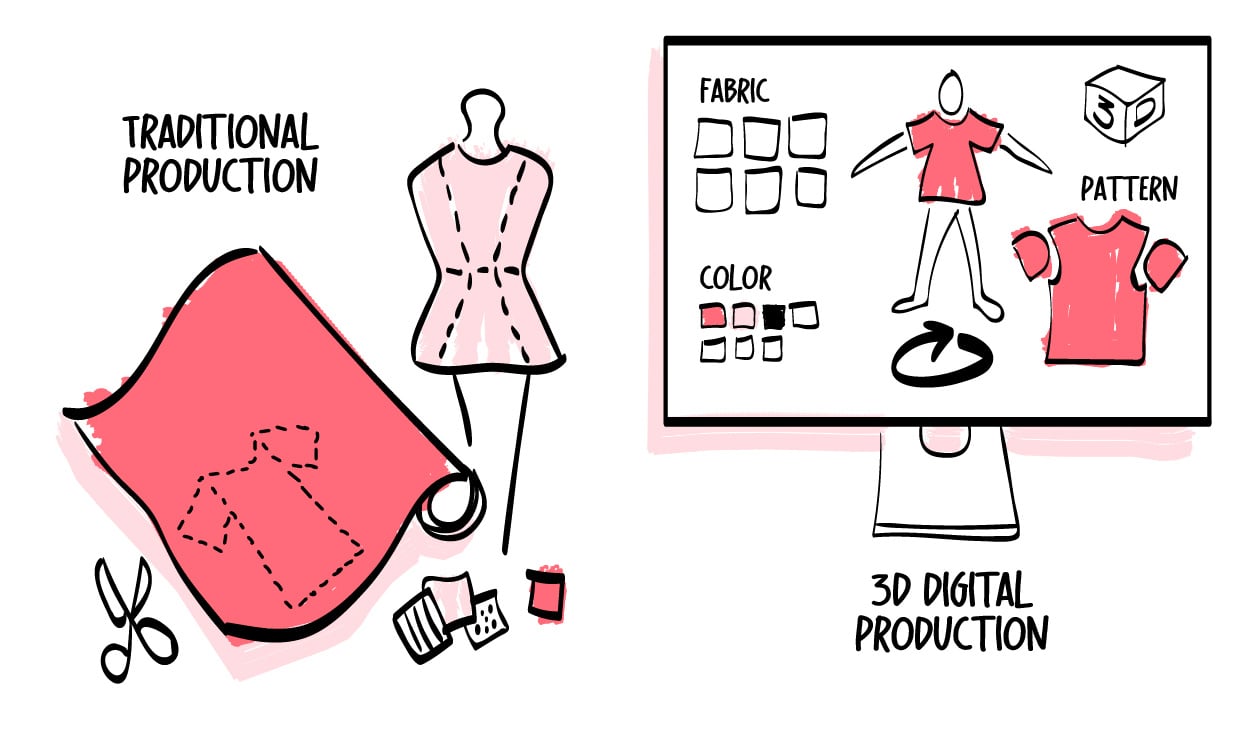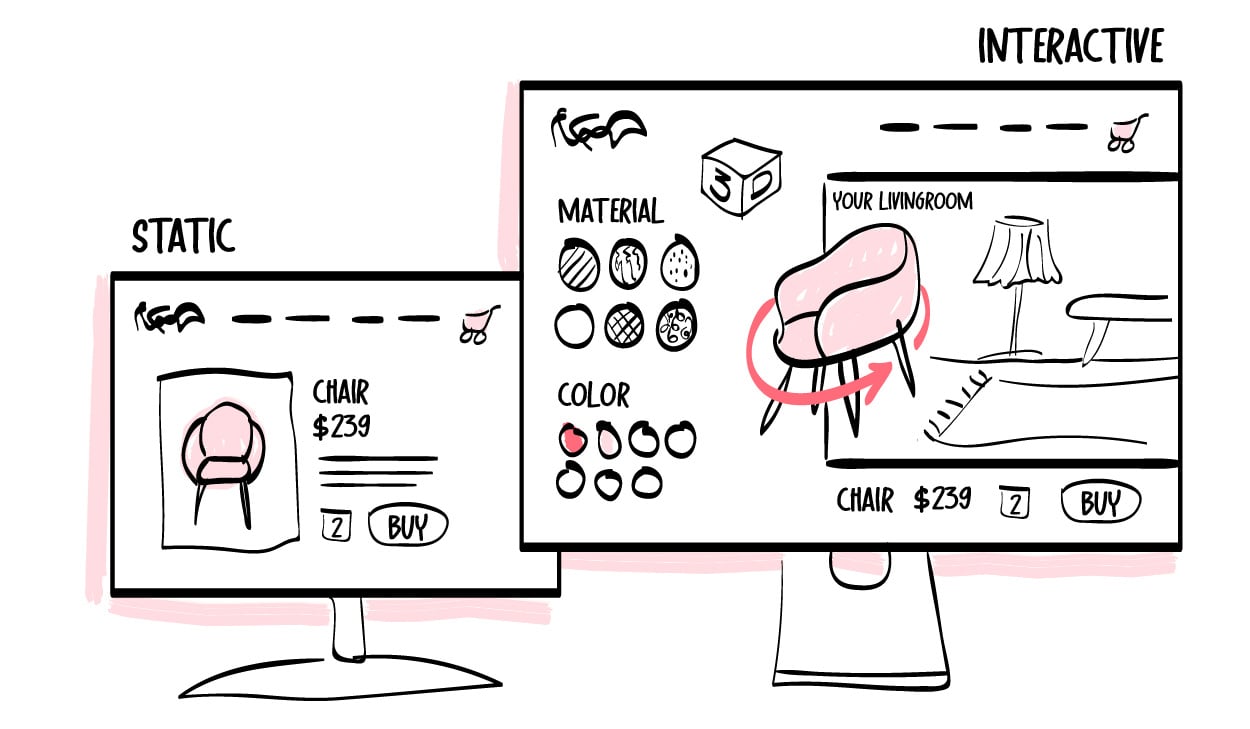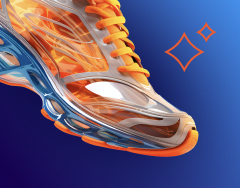
A weekly newsletter exploring the intersection of creative operations, technology, and online retail.
#003: Why 3D Technology Is the Future of Content Creation
I’m always fascinated by how quickly technology can reshape our industries and how we interact with products.
Recently, there’s been much speculation about Apple potentially discontinuing Vision Pro while Meta pushes forward with new AR glasses, rumored to be called Orion.
Seeing these shifts, I couldn’t help but wonder what they mean for the future of content, particularly in 3D.
For many, 3D content may bring to mind augmented reality try-ons or virtual models, but it’s clear that 3D's role extends far beyond these.
If we look deeper, 3D is rapidly becoming a foundational content type that impacts everything from production workflows to how consumers experience brands.
Here’s why this matters.
3D: The Foundation for Future Content
In a recent conversation with one of our Customer Advisory Board (CAB) members, they asked me, “Thomas, what do you think AI could do here?” It was a fantastic question, but I shifted the topic from AI to 3D.
You see, 3D’s real potential lies not in speeding up what we already do but in fundamentally changing how we approach production.
A 3D model isn’t just a preview or a simple “digital twin”—it’s an evolving asset that can, with AI's help, drive marketing content and simplify production processes. With AI, we can derive a wide range of content from a single 3D model, transforming it into more than a reference point.
Consider the apparel industry. Instead of producing multiple fabric prototypes, a 3D model can simulate textures, fit, and movement with astonishing realism. Brands can cut down the rounds of physical samples, reducing costs and development time. Imagine a designer tweaking details in real-time, making adjustments that don’t require a new sample.

3D in this role doesn’t just make production faster — it’s a new approach that prioritizes sustainability and efficiency. But the benefits extend beyond the production line.
3D as an Experience:
The Consumer Shift
As 3D becomes more integral to production, we’re witnessing a shift in how consumers engage with content. Instead of scrolling through flat images, customers now expect immersive experiences that bridge the physical and digital worlds.
Imagine a consumer walking through a virtual store, picking up a 3D-rendered product, rotating it, and examining it from every angle. This isn’t just a technological shift — it’s a reimagining of product interaction.

When we create a 3D asset today, we do more than build a model; we craft an experience. I shared with the CAB member that this shift reminds me of the iPhone’s impact on photography.
The iPhone didn’t just make photos easier; it transformed how we capture and share them, paving the way for platforms like Instagram. Now, with LiDAR technology built into the latest models, tools like Polycam make 3D scanning accessible to anyone, setting the stage for 3D to become a core content type.
3D is driving a move from passive to interactive engagement. We see it now with AR try-ons and virtual fitting rooms, where customers can “try on” clothing or visualize products in their own space.
These immersive experiences deepen customer engagement and ultimately drive greater loyalty and sales.
Looking Forward: Preparing for 3D as a Standard Content Type
So, what does this mean for content production teams? If your studio hasn’t started exploring 3D's potential yet, now’s a good time to envision where it might fit in.
Figuring out the right timing can be tricky — do you dive in now or wait for the technology to mature more? But consider this: Will your studio be ready when 3D becomes as essential to content as photography or video?
It might be as simple as creating basic 3D assets for a virtual showroom or experimenting with AR-enabled product displays. Or perhaps it’s about using 3D to streamline your design process, reducing development time and costs.
Whatever the first step, embracing 3D content now could position your team ahead of the curve as we move toward a future where this technology becomes the norm.
3D isn’t just an exciting new tool. It’s a critical evolution in building, viewing, and sharing products. And that’s where the real opportunity lies — not just in doing what we’ve always done a little faster but in rethinking what we’re capable of creating.
I’d love to hear how you’re thinking about this shift. Is your team already experimenting with 3D, or are you just beginning to explore the possibilities?
Let’s keep learning and innovating together.
Take care,

|
Thomas Kragelund Follow me on LinkedIn. |
Get Content Insider In Your Inbox.
The weekly newsletter packed with actionable tips, industry trends, and insider insights from Creative Force CEO Thomas Kragelund. Stay ahead in creative production and online retail—subscribe now to gain the insights you need to drive growth and stay competitive.



